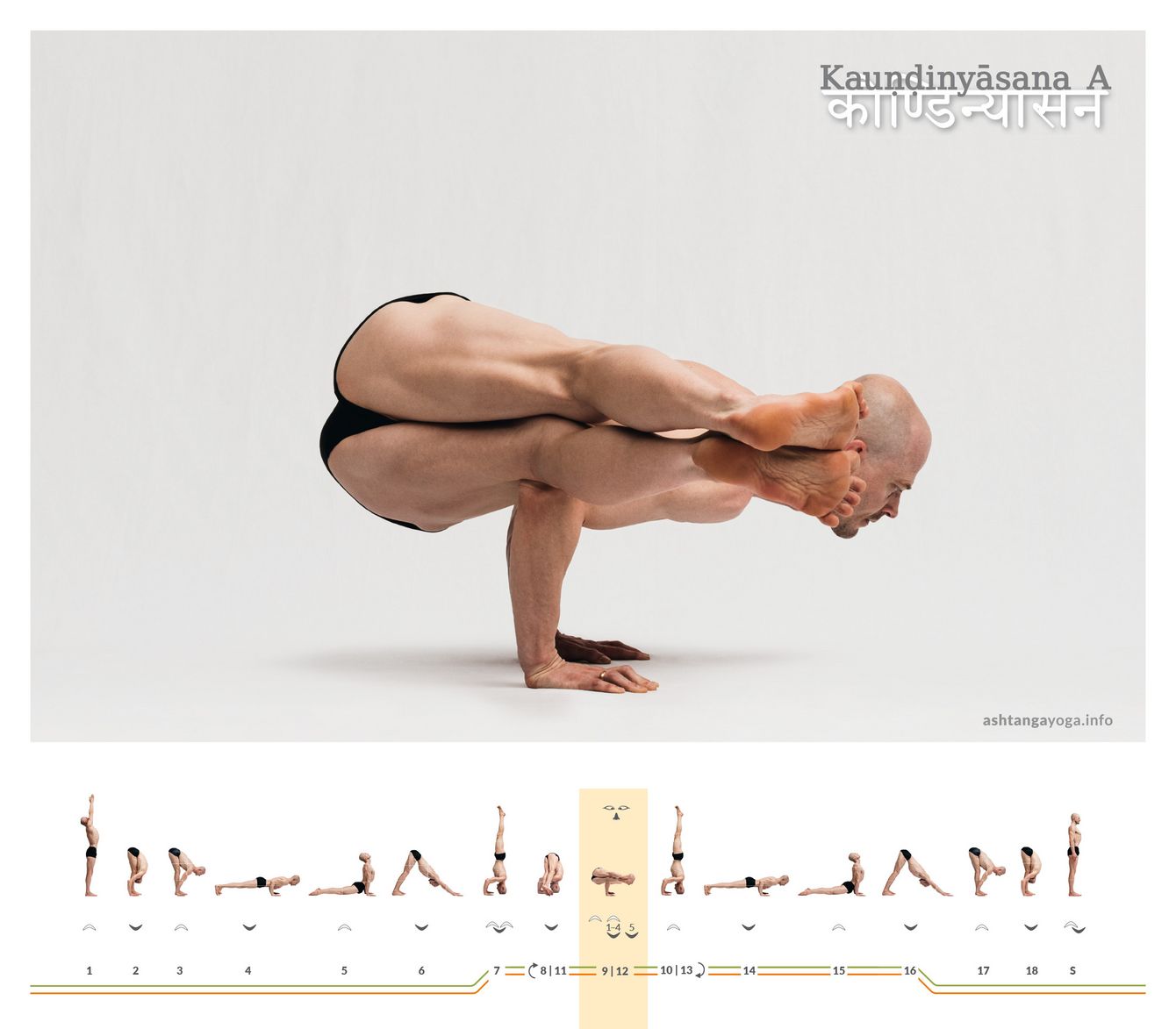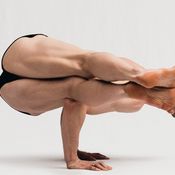

Mythology: R̥ṣi Kauṇḍinya is revered in both Hindu and Buddhist traditions. The legends of Kauṇḍinya extend to Southeast Asia. Here, he is associated with the kingdom of Funan. This kingdom existed in the region of present-day Cambodia as an important precursor to the Khmer Empire of Angkor. Funan flourished between the 1st and 6th centuries CE and served as a significant trading center and a dissemination point for Indian culture and Buddhism in the region.
According to tradition, Kauṇḍinya was an Indian Brahmin and scholar inspired by a divine vision to sail to Southeast Asia. When he arrived in the region now known as Cambodia, he encountered a group of people ruled by a Nāga princess. Nāgas are serpent beings or water deities in Hindu and Buddhist mythology. The princess was named Soma and served as both a secular and spiritual leader of her people. Kauṇḍinya and Soma met, leading to an alliance sealed by marriage. According to legend, this union between the Indian Brahmin and the local Nāga ruler gave rise to the dynasty of the Funan kingdom.
The marriage between Kauṇḍinya and Soma is often interpreted as a metaphor for the synthesis of Indian and Southeast Asian cultures. This heritage is reflected in many aspects of Southeast Asian societies, including language, art, religion, and political organization. Thus, this story is emblematic of the fusion of Indian culture with the indigenous traditions of Southeast Asia.
In the traditional count: Begin directly from "Downward-Facing Dog" pose in the previous sequence.
Vinyāsa 7 - Inhalation, Exhalation, Inhalation:
Inhale as you jump from the "Downward Facing Dog" into a balancing position on your hands. Exhale as you bend your elbows while straightening your legs. Gently place the crown of your head in front of your hands on the floor, forming an equilateral triangle with the three points of contact. Your head, shoulder girdle, pelvis, and feet should now be approximately vertically aligned. Inhale here.
Vinyāsa 8 - Exhalation:
Exhale as you lower your straightened legs until your toes hover close to the ground. Then, rotate your legs together to the right and lower them onto your right upper arm.
Tip: Keep your legs firmly together during the side rotation. This will give you additional stability.
Vinyāsa 9 - Inhalation, 5 breaths, Exhalation:
Inhale as you lift your head while lowering your pelvis. Bend your arms until your upper arms reach a horizontal line. Stay here until the fifth exhalation.
Try: As a visualization, aim to balance both shoulders at approximately the same height.
Vinyāsa 10 - Inhalation:
At the end of the exhalation, lower your head back to the ground. Rotate your legs to the center. Your toes are close to the ground. Now, inhale as you lift your straightened legs vertically back into the tripod headstand.
Vinyāsa 11-13:
Repeat the sequence from Vinyasa 8-10 on the left side.
Tip: Don't just collapse into Caturāṅga Daṇḍāsana from the tripod headstand. Instead, lower your straightened legs until your toes almost touch the ground. Then, give an upward impulse with your legs. This will effortlessly lift your head off the ground, allowing you to land in Caturāṅga Daṇḍāsana with control.
Vinyāsa 14 to 16:
Follow the familiar flow of movements until you reach the "Downward Facing Dog" pose.
In the traditional count: Proceed directly into the movement flow of the next posture.
Effect: "Kauṇḍinyāsana""" A strengthens the arms and develops core stability. Additionally, the posture improves balance and coordination. The challenge of the posture promotes concentration and willpower. On an energetic level, the posture supports the flow of energy through the combination of breath and movement. This leads to a sense of vitality and well-being.
Fotograf: Richard Pilnick - www.richardpilnick.com


 Dr. Ronald Steiner
Dr. Ronald Steiner
Messages and ratings